Global Forum For Indurstrial Devlopment is SPONSORED BY ICO INDIA
- MP Society Registration (Act. 1973 No. 44) 03/27/01/21857/19 (MSME Forum Established Since-2009)
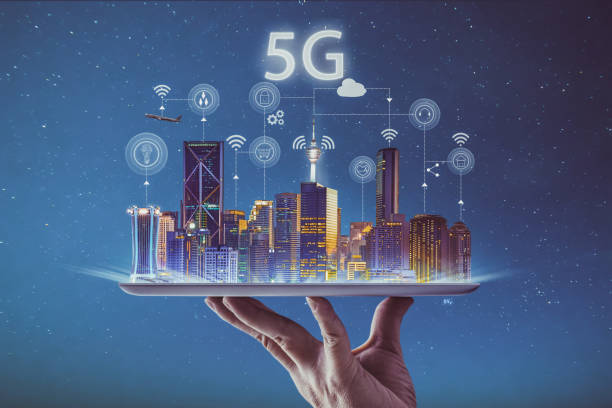
Technological developments have brought about profound changes in human lives for many decades now. The most significant one in India, over the past decade, has been the mobile data revolution.
Mr. Mukesh Ambani once said that data is the new oil and that's quite real. Data is the oxygen of a digital economy and the pace at which the Indian mobile industry has grown is unparalleled in the world. This can be witnessed the way India has leapfrogged from a lowly 155th in mobile broadband penetration to being the world's largest mobile data consuming nation in just one year, higher than both US and China put together (Source: NITI Ayog).
The fourth industrial revolution, fuelled by connectivity, data and Artificial Intelligence has begun. To add to it, 5G is the new electricity that will take it a step ahead.
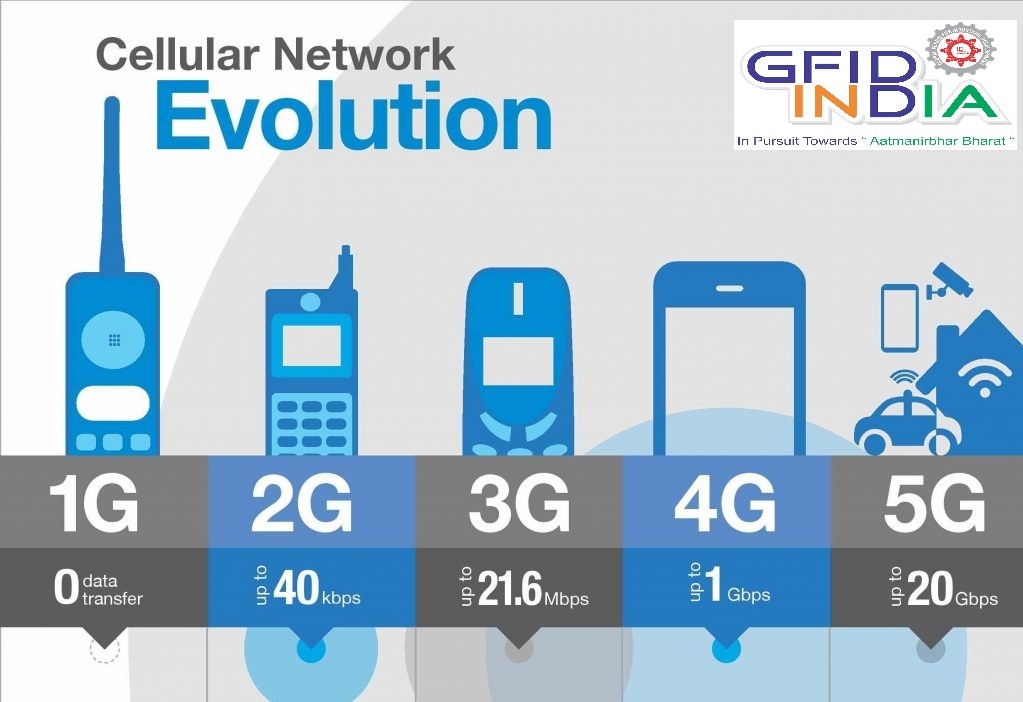
5G is the next generation wireless access technology which not only promises higher data capacity and speeds faster than 10 GB per second, but also possesses the capacity to connect billions of devices.
In the "Everything on Mobile" era, mobile networks must meet requirements more diverse than ever. The 5G is expected to globally redefine a range of industries such as transport, healthcare and logistics. Unlike 3G and 4G, which largely offered improvements in data transfer speeds on smartphones, 5G will allow a universe of connected devices to interact with each other.
The key feature is dramatically reduced latency of less than 1 millisecond (ms) from the present 50ms, along with a throughput up to 10 gigabytes per second speed and exponential increase in number of connections. A higher throughput implies higher network speed for consumers. This will enable applications that could not have been possible with longer response times. For example, In India, there are large numbers of people who are outside the normal reach of specialists by virtue of their remoteness. The low latency in 5G technology could even open doors for remote robotic surgeries.
Take education for example. For students living in areas with limited educational resources, virtual reality technology enables instruction and interaction with teachers in a virtual classroom, and even enables them to perform tasks such as carrying out experiments in a virtual laboratory. To make this come true, the resolution of virtual reality image and immersive video needs to approximate to the amount of detail the human retina can perceive. This requires that the throughput be 300 Mbps and above, almost 100 times higher than the current throughput supporting HD video services.
Will there be bumps along the way? Of course, and some quite large. Think of the Great Depression and the Global Financial Crisis. Periodic bumps nevertheless, the trend is a gradual upward slope.A more vivid example would be that of driverless cars, which should be able to “talk” to each other seamlessly across blind turns to prevent accidents.

A potent combination of favourable demographics, Massive 4G Adoption as well as exponential surge in data usage holds immense promise of rapid growth in the telecom consumption, especially as India is on the cusp of crossing the USD2,000 per capita GDP mark.
With a population of >1.3tn, India's domestic market itself offers immense growth opportunities. As is often said, India's each state is equal to a country in terms of population.
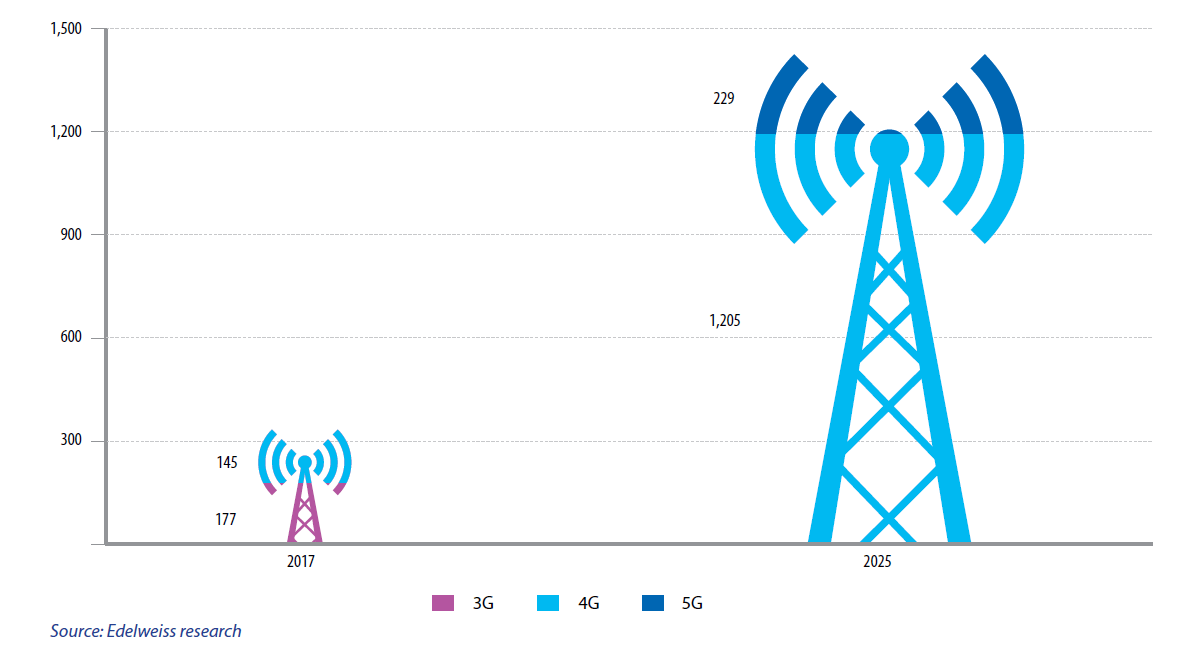
Currently, India is home to mere 322mn wireless broadband subscribers, which we estimate to jump to a whopping 1bn by 2025.
4G technology is rapidly gaining market share as operators are gradually reducing their 2G and 3G footprint. We also anticipate commercial 5G launch by 2022, especially in urban areas, to cater to burgeoning data demand. China's commercial 5G launch plan in 2019 and subsequent acceleration in 5G capex, which is expected to peak out in 2023, will prune the cost of 5G devices and other network equipment in India
Digitisation will be impossible if what is in the hands of people is analog. 5G technology could be the backbone of India's growth—but it will require reforms to simplify the upgradation of critical infrastructure. Let's look at some important aspects:
The fact that unlike in the US and China, where most towers are backhauled using fibre, more than 75% of the towers in India still employ legacy microwave transmission systems.
Its rollout will be slower in rural areas due to massive fibre requirements, rendering it uneconomical for relatively low data demand in those areas.
Since 5G works in high-frequency bands (also called millimeter waves), its range is restricted. That necessitates the deployment of dense networks—i.e. more than twice the number of towers needed today.
And, most importantly, there are stressed finances of Telecom sector to contend with.
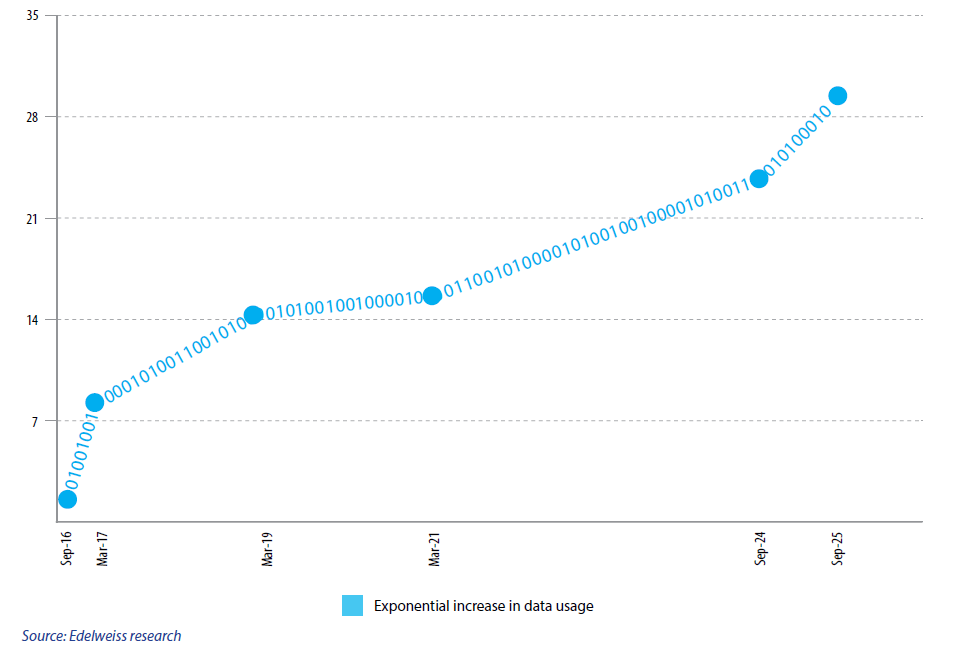
Apart from increasing internet speed, mass affordability of high speed data will be catalyst driving data consumption. Data prices are significantly higher in India compared to global peers. However, the fierce competition unleashed by RJIO's entry has brought down data rates to less than one-third in a short span of four-five months. This is envisaged to further spur data consumption.
5G or fifth generation is the latest upgrade in the long-term evolution (LTE) mobile broadband networks. 5G mainly works in 3 bands, namely low, mid and high frequency spectrum — all of which have their own uses as well as limitations.
While the low band spectrum has shown great promise in terms of coverage and speed of internet and data exchange, the maximum speed is limited to 100 Mbps (Megabits per second). This means that while telcos can use and install it for commercial cellphone users who may not have specific demands for very high speed internet, the low band spectrum may not be optimal for specialised needs of the industry.
The mid-band spectrum, on the other hand, offers higher speeds compared to the low band, but has limitations in terms of coverage area and penetration of signals. Telcos and companies, which have taken the lead on 5G, have indicated that this band may be used by industries and specialised factory units for building captive networks that can be moulded into the needs of that particular industry.
The high-band spectrum offers the highest speed of all the three bands, but has extremely limited coverage and signal penetration strength. Internet speeds in the high-band spectrum of 5G has been tested to be as high as 20 Gbps (giga bits per second), while, in most cases, the maximum internet data speed in 4G has been recorded at 1 Gbps.
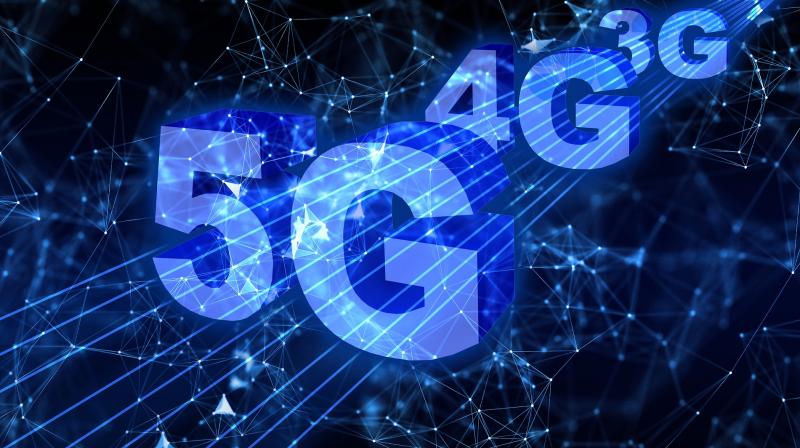
On par with the global players, India had, in 2018, planned to start 5G services as soon as possible, with an aim to capitalise on the better network speeds and strength that the technology promised.
All the three private telecom players, Reliance Jio Infocomm, Bharti Airtel and Vi, have been urging the DoT to lay out a clear road map of spectrum allocation and 5G frequency bands, so that they would be able to plan the roll out of their services accordingly. One big hurdle, however, is the lack of flow of cash and adequate capital with at least two of the three players, namely Bharti Airtel and Vodafone Idea.
On the other hand, Reliance Jio plans to launch an indigenously built 5G network for the country as early as the second half of this year. The company is said to have a complete end-to-end 5G solution prepared by the company itself that is ready for deployment once the networks are in place. This solution can also be deployed by other telecom operators as a complete managed service.
More than governments, global telecom companies have started building 5G networks and rolling it out to their customers on a trial basis. In countries like the US, companies such as AT&T, T-mobile, and Verizon have taken the lead when it comes to rolling out commercial 5G for their users.
While some such as AT&T had started testing and deploying the technology as early as 2018, other companies such as Verizon have followed suit, expanding their 5G ultra-wide broadband services to as many as 60 cities by the end of 2020. In other countries such as China, some of the telcos such as China Unicom had started 5G trials as early as 2018, and have since rolled out the commercial services for users.
South Korean company Samsung, which had started researching on 5G technology way back in 2011, has, on the other hand, taken the lead when it comes to building the hardware for 5G networks for several companies.
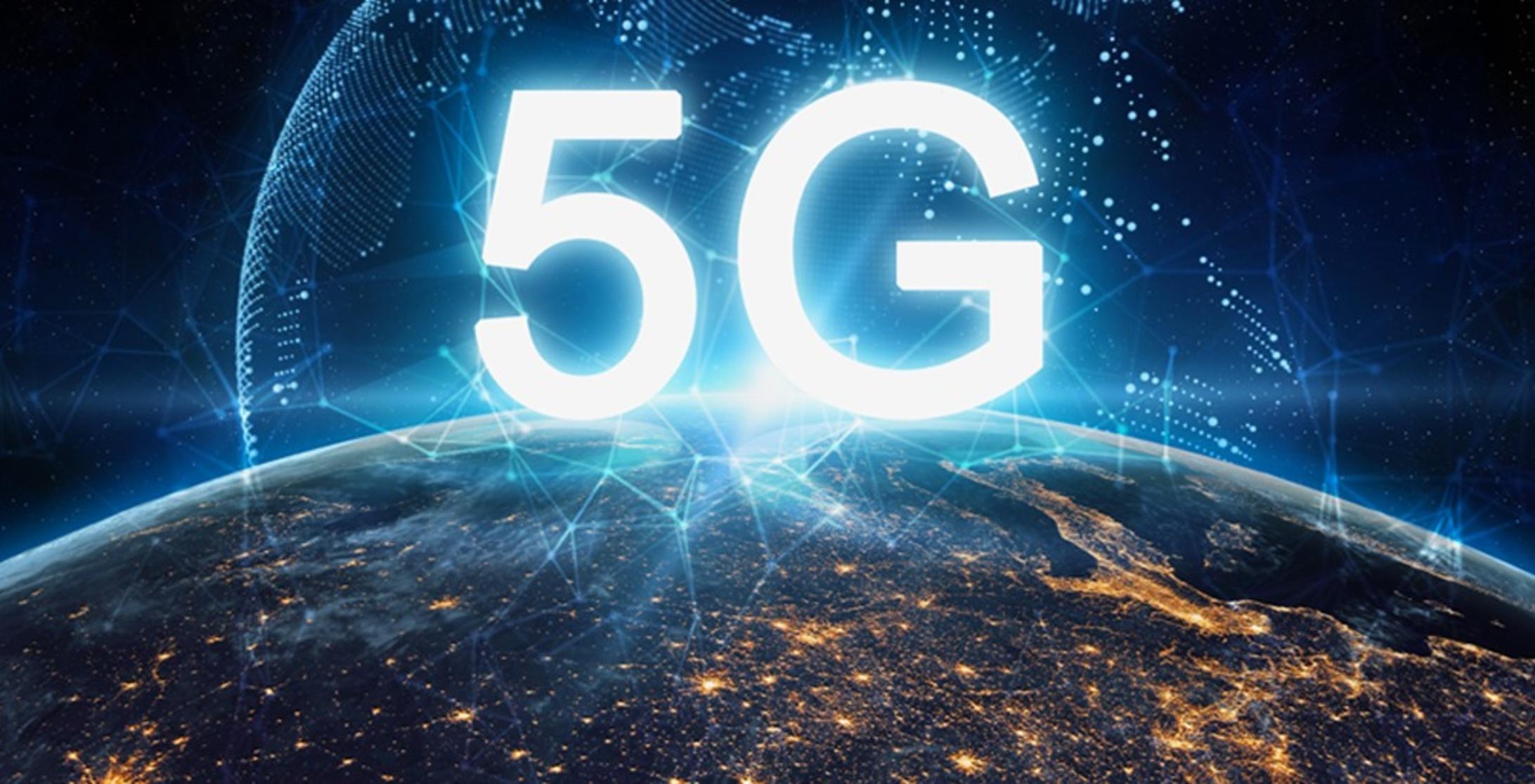
There are good reasons why India should be at the forefront of the digital revolution. Future growth is going to come from applications and services based on technologies such as the Internet of Things, automation and Artificial Intelligence (AI). Telepresence and remote servicing will be a ubiquitous substitute for people taking a flight, and driverless cars may lead to a disruption in the automobile industry.
India wants to create 100 smart cities that will have intelligent power and urban utility systems. All these applications will provide a good opportunity for the services industry as more areas demand cloud computing, Big Data, AI and machine-learning applications. Home-grown giants such as Ola, Flipkart and Zomato have shown that they can build competitive applications and compete with global giants on an equal footing. A timely roll-out of 5G will allow Indian entrepreneurs a chance to experiment alongside their global competitors.